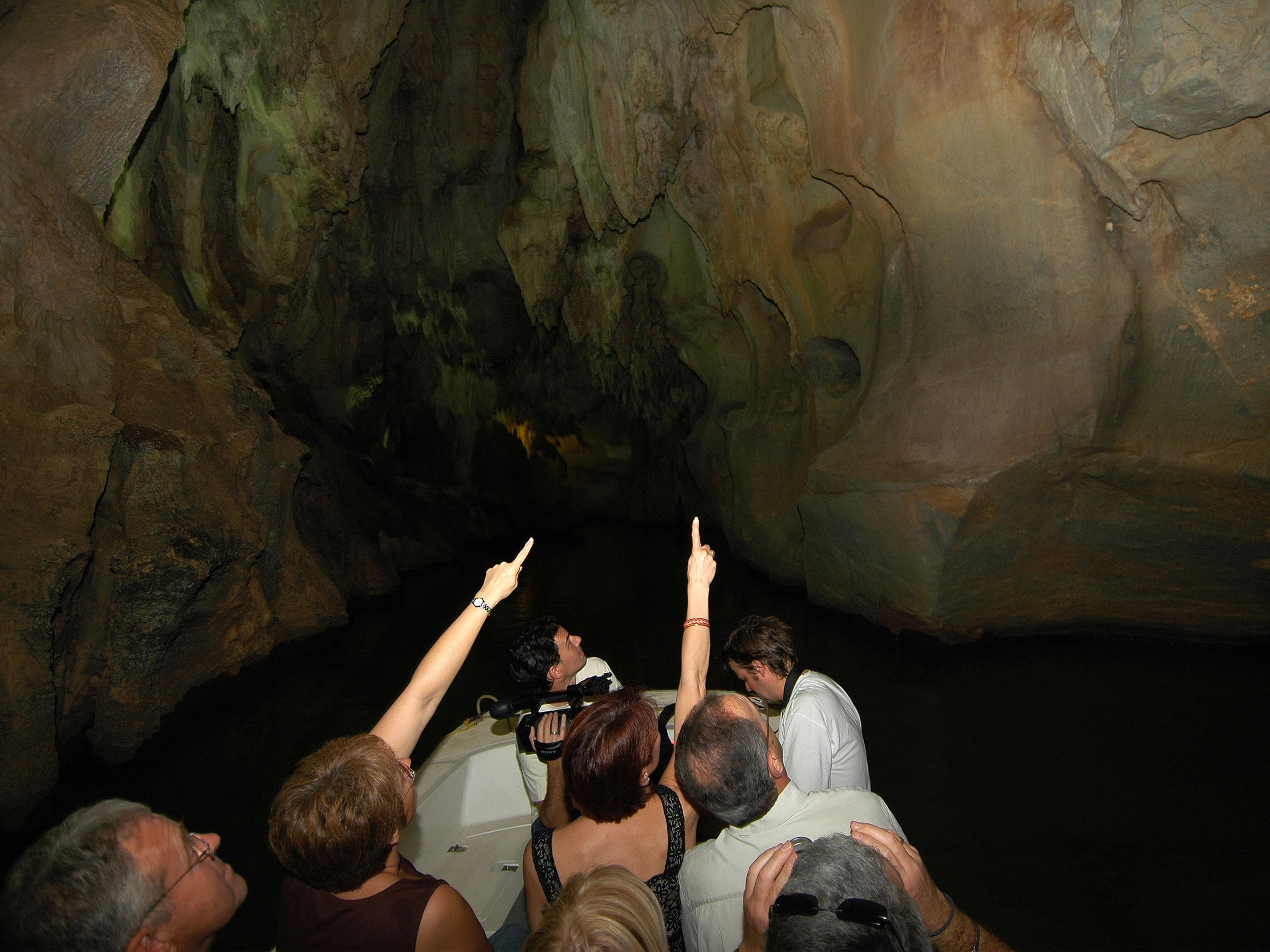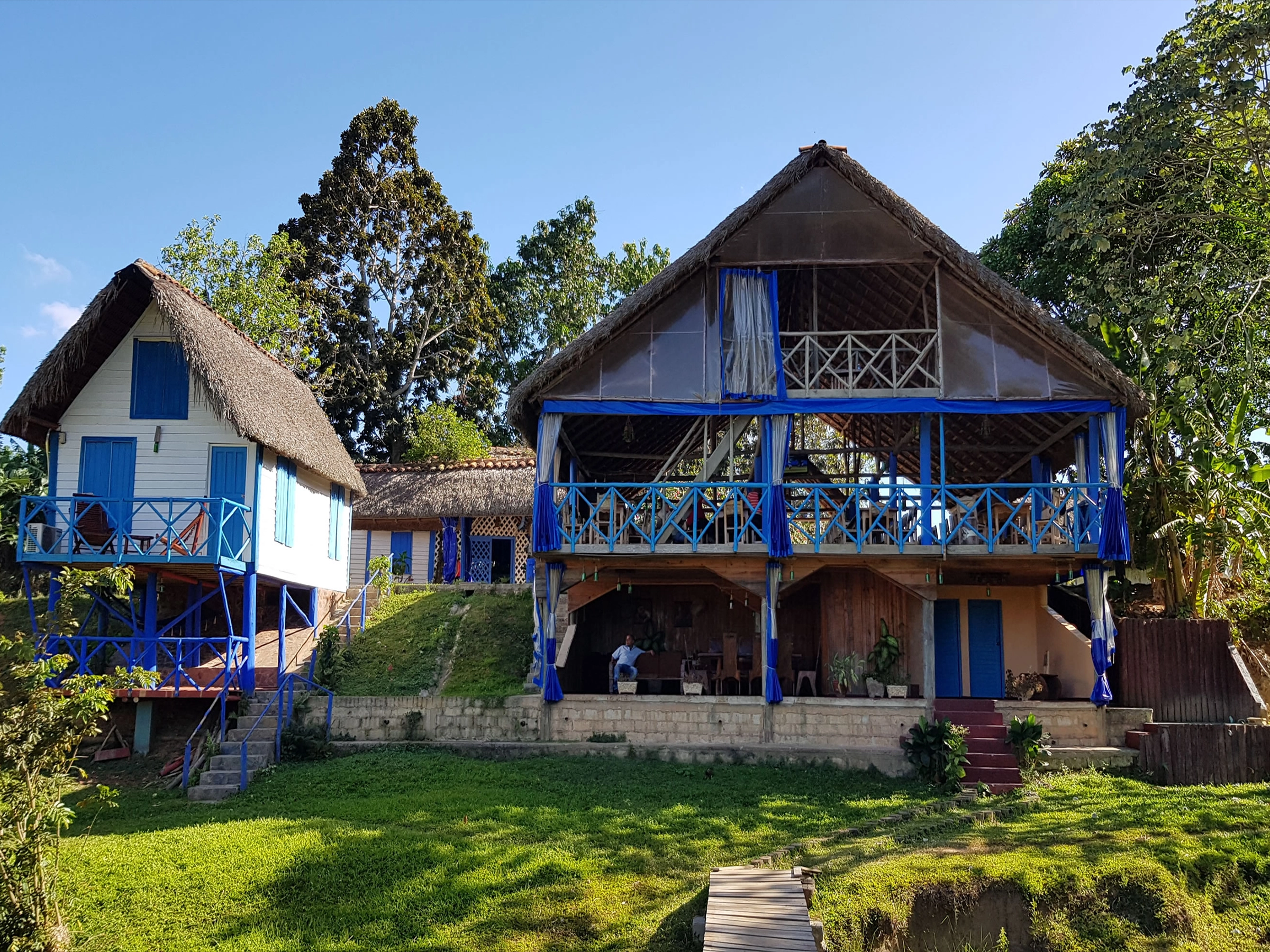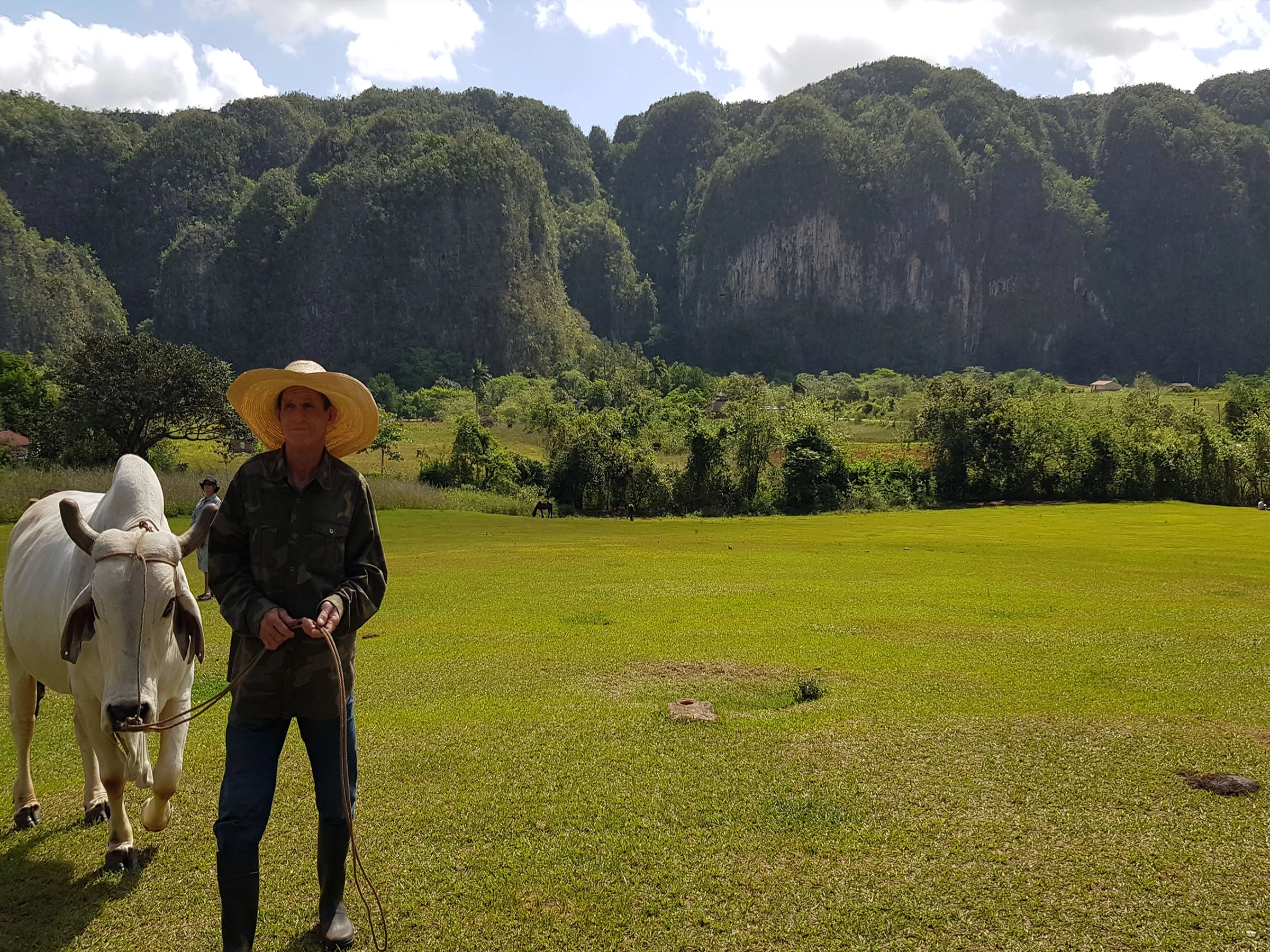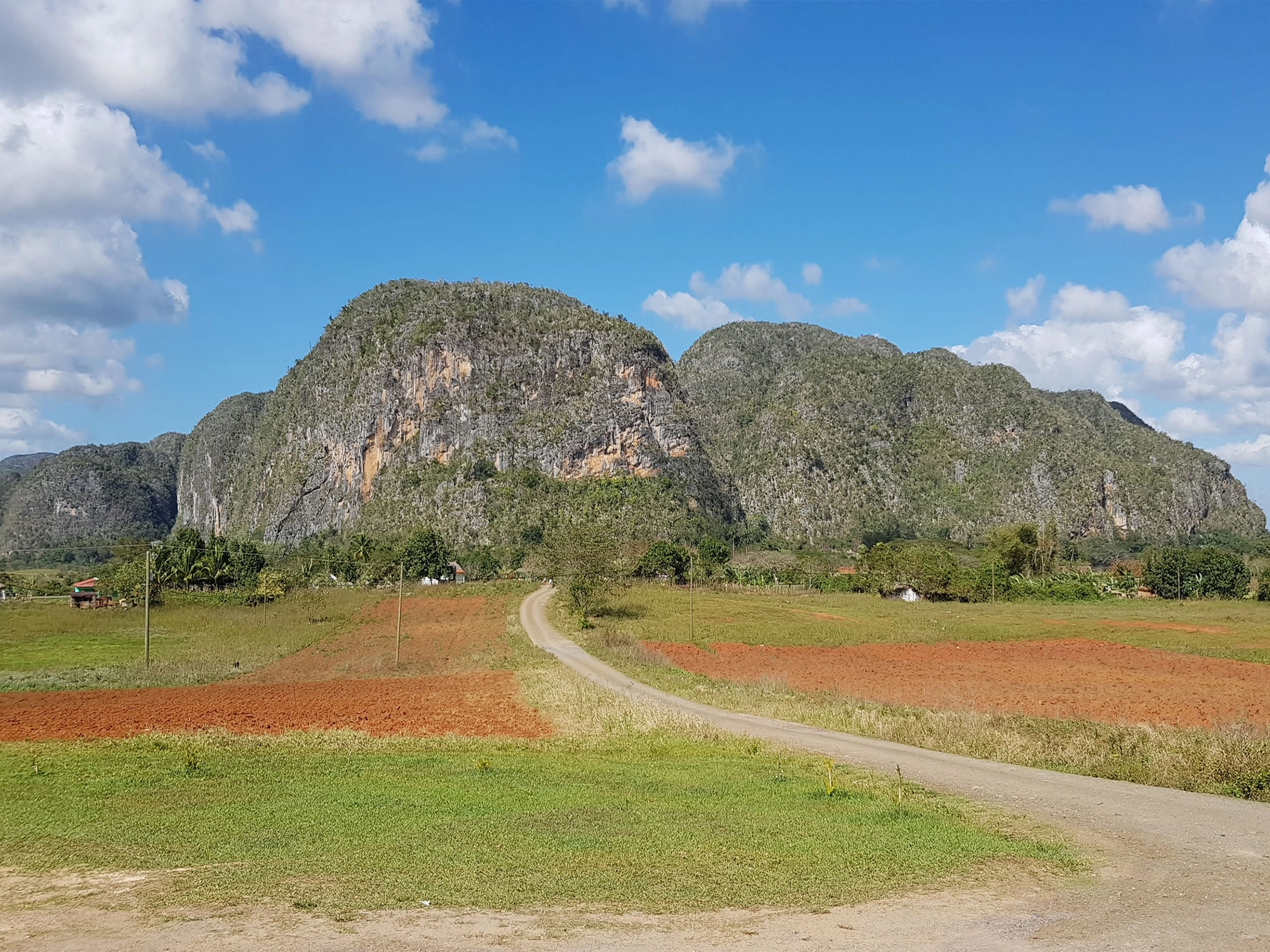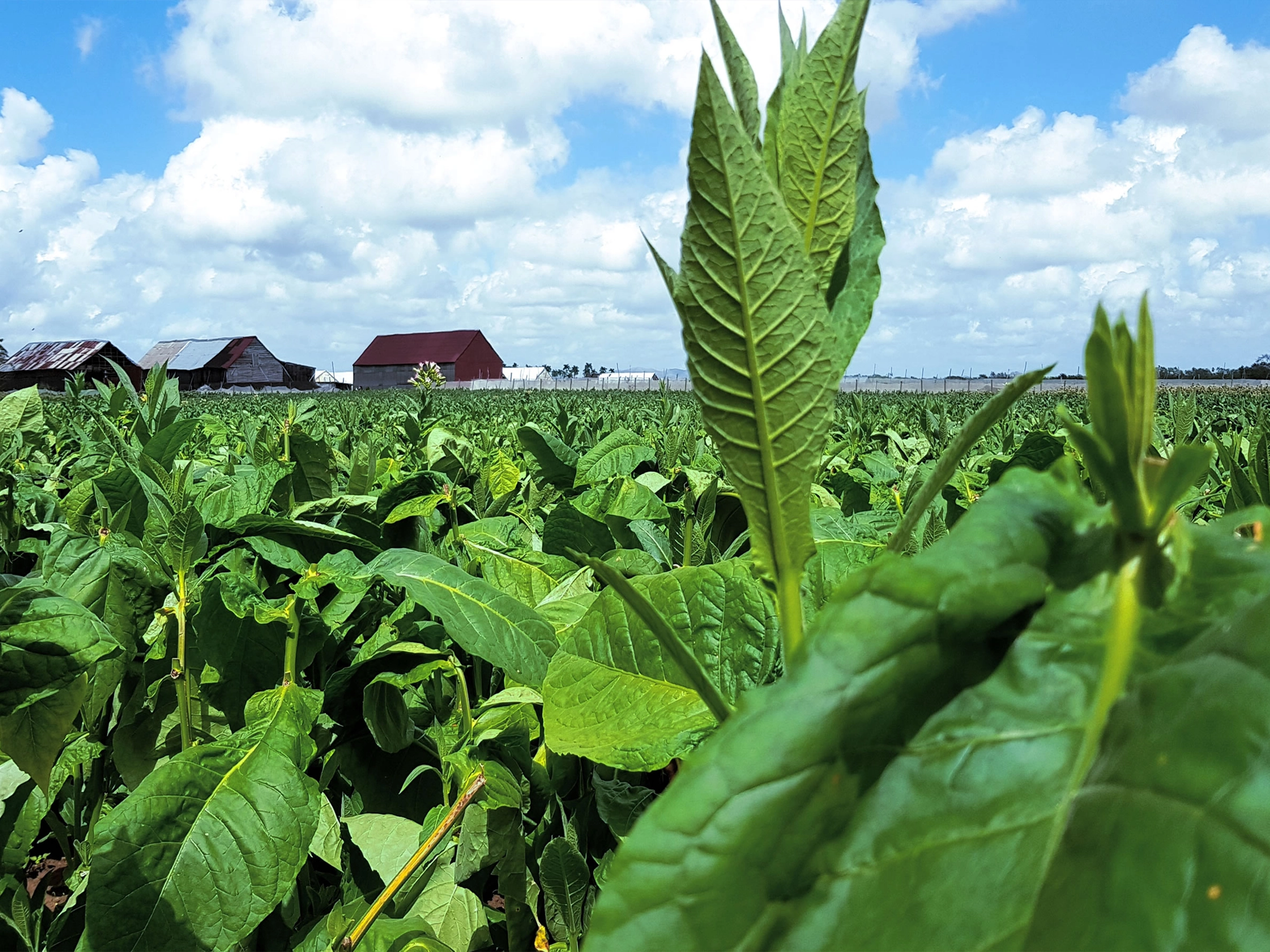Pinar del Río is the westernmost province of the Island. The area welcomed its first inhabitants around 1699 and immediately became an important center of tobacco plantations. However, it was not until 1867 that the place became a village and, by the 19th century, the region was wealthy thanks to the development of sugar refineries, coffee and tobacco plantations. Yet, it was the tobacco that left a trace in the economy of the region. Over the years the province gained a great importance in the production and exportation of the Habanos. Nowadays, in spite of the progress in the tobacco industry, Pinar del Río has become flourishing touristic destination.
Pinar del Río is a province well developed for tourism; hence it offers a wide range of accommodation options to meet the needs of the most demanding clients.
In addition, the place is fully developed for bed and breakfast service. Granted, the “casa particular” will amaze its clients with authenticity and quality services.
What to do in Pinar del Río?
The capital city, Pinar del Río, offers a colonial architecture and a beautiful urban landscape. It is advisable to walk throughout the streets to enjoy the views of the city. Yet, what really catches the interest of the visitor, is the rural area of the province. Indeed, the place is especially developed for nature lovers thanks to its charms and wonderful endemic landscape. Around the area, the visitor can explore some caves and admire some aboriginal painting and archeological remains.
Still, the most distinctive trait of the province is the Valley of Viñales. The area offers a Natural Park surrounded by the typical mogotes (small hillocks) and has been declared World Heritage Site by UNESCO in the Cultural Landscape division. Another important attraction is the small town, named Viñales as well, with some remains of colonial architecture.
Moreover, only 4 kilometers away from Viñales, the visitor will find the biggest open-air fresco in the world: El Mural de la Prehistoria (Prehistoric Mural). The mural covers a side of a mountain 120 meters tall and 160 meters wide and exposes images of the evolution of life. Furthermore, Pinar del Río is the typical venue to stay in touch with the tobacco plantations in the Island. The zone exposes the most autochthonous methods for tobacco growing and harvesting. Probably, it is among the few regions where one will see the aboriginal patterns of “bohíos” or the tobacco drying houses. In all, the characteristic red soil would mix with a varied range of green, coexisting with farmers ploughing the land with a cart drawn by oxen. The region also offers some sun and beach destinations that can provide the visitor with some privacy and a lovely environment. That is the case of the emblematic Playa María la Gorda and Cayo Levisa. Undoubtedly, some famed spots for snorkeling and scuba diving in Cuba.
Pinar del Río is only accessed to by land; however, the visitor can use the Havana International Airport. Still, the province is “must go” destination in a tour to the western part of the Island. It is also possible to visit the area in taxi, in bus or in a rental car.

